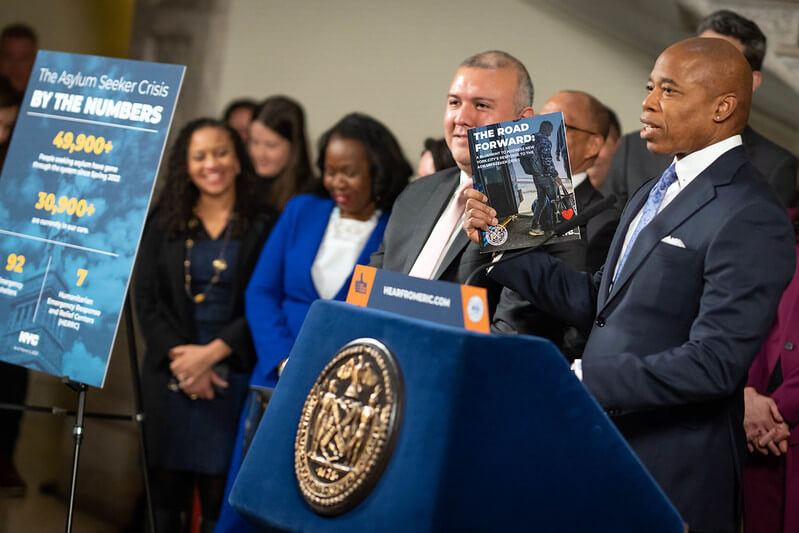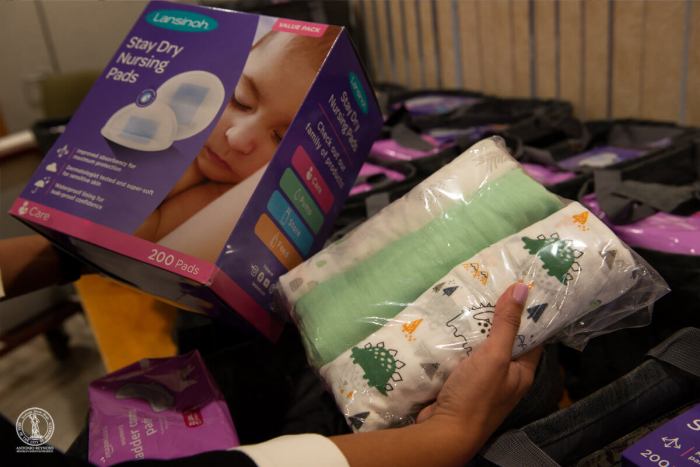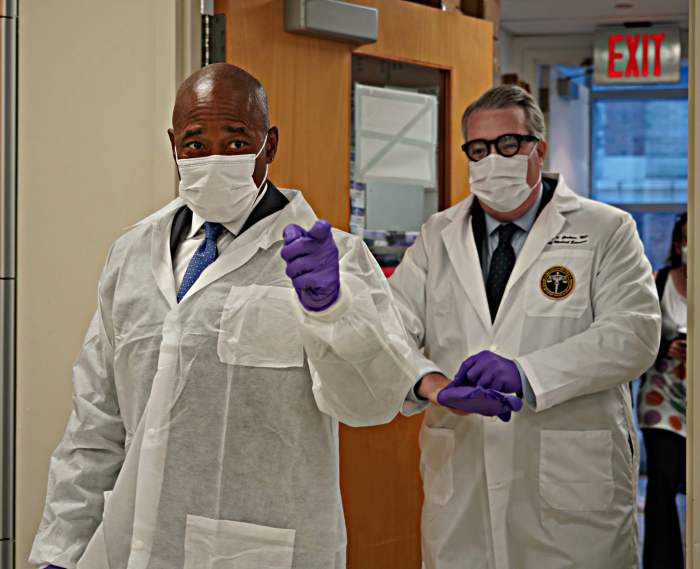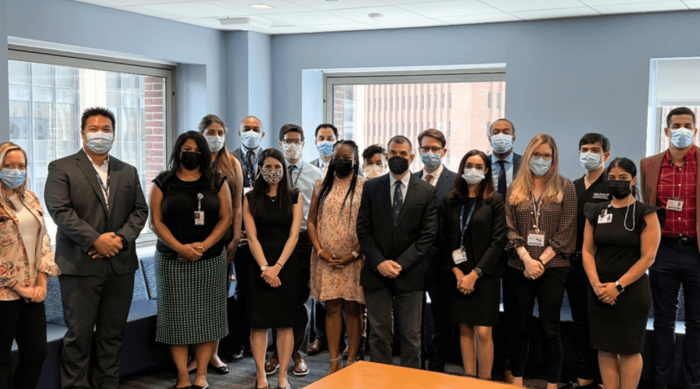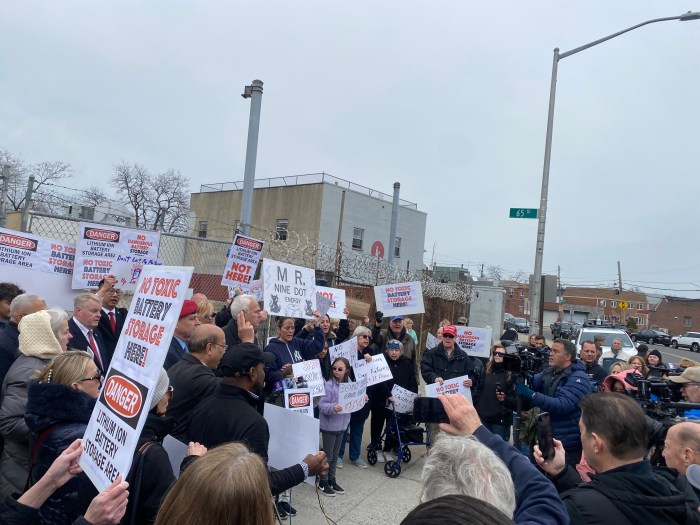With the city’s migrant crisis about to hit a new milestone, Mayor Eric Adams unveiled on Tuesday a “blueprint” for tackling the situation, including creating a new cabinet-level office and opening a new 24/7 arrival center.
Adams said the plan, titled “The Road Forward: Blueprint to Address New York City’s Response to the Asylum Seeker Crisis,” also includes training migrants to work when their authorizations are granted by the federal government and helping them resettle in other municipalities in New York state and across the country.
During a March 7 news conference at City Hall on Tuesday morning, hizzoner said the blueprint will turn the page on the city’s response to the influx from treating it as an emergency to more of a “steady state of operation.”
“This blueprint that we are releasing today highlights what we have accomplished since the crisis [began],” Adams said. “It’s also going to show the changes we have put in place to move from an emergency response to a steady state of operation.”
So far, 49,900 migrants have arrived in Gotham since last spring, 30,900 of whom are in the city’s care, according to City Hall. Adams said the city has spent $654 million on sheltering, feeding and providing other services to asylum seekers as of February and the city is projected to spend $4.2 billion between the current and coming fiscal years on the emergency.
Mayor’s Office of Immigrant Affairs Commissioner Manuel Castro said the city’s mobilization to provide shelter and services to the tens of thousands of migrants who’ve come here distinguishes it from other localities migrants have traveled through.
“I speak with asylum seekers often and they share with me often how different it has been for them here in New York City compared to all the countries, many have traveled through 10 plus countries to get here,” Castro said.
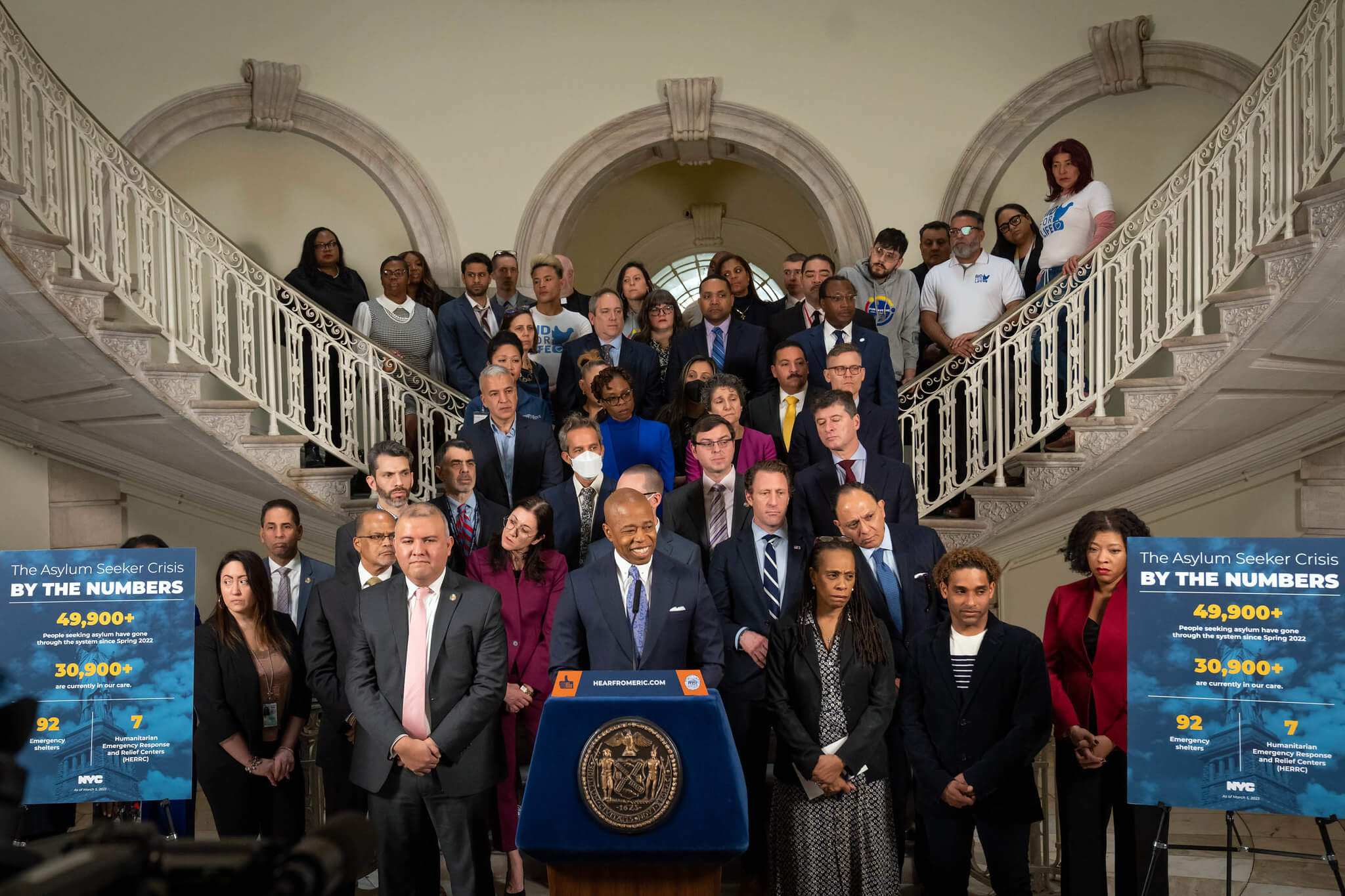
The cabinet-level agency, the Office of Asylum Seeker Operations (OASO), will oversee the city’s handling of the migrant influx going forward, Adams explained. So far, the crisis has been shouldered by several agencies across the Adams administration including the Mayor’s Office of Immigrant Affairs (MOIA), NYC Emergency Management (NYCEM), NYC Health + Hospitals (H+H) and the Department of Social Services (DSS).
“This office is going to allow us to have our other agencies that have been focussed on this, to go back and continue to … move forward with the obligations that they have in this city,” Adams said.
Adams said Deputy Mayor for Health and Human Services Anne Williams-Isom will choose the new agency’s leader, who will be charged with coordinating the migrant response across city government.
While establishing the asylum seeker office certainly won’t be free for city taxpayers, Mayor Adams noted, it won’t come with a high price tag because it’s mostly organizing services that already exist.
“When you look at some of these services that we’re providing it’s not coming with a high price tag,” Adams said. “It is utilizing pre-existing services that we have, but we’re organizing them in a fashion that we can produce a better product. There’s going to be a dollar amount attached, but it’s a greater investment to get people self-sufficient.”
The 24-hour welcome center will replace the Port Authority Bus Terminal as the main entry point for asylum seekers when they first arrive in the Big Apple, Adams said. It will provide a space to process asylum seekers and for community-based organizations to provide them with services.
The administration, according to a report from the New York Daily News, won’t be welcoming some mutual aid groups to the new center, who have been on the frontlines of the crisis but have also criticized the mayor’s handling of it. Adams, however, said he wants to make sure everyone who is seeking to help the migrants “has an opportunity to do so,” but it has to be done in a “very organized way.”
The mayor said his office is still in the process of choosing a location for the new center.
Additionally, hizzoner said the city will partner with national nonprofit organizations and houses of worship to relocate migrants to other cities upstate or around the country who’ve shown an interest in accepting some of the new arrivals. But the mayor declined to say which municipalities he was referring to.
“There are many cities within the state and across the country that are saying they want to help, we want to create the pathway to do that,” the mayor told members of the press. “Please don’t ask me which cities because I don’t need you running to the cities and stopping them from getting the asylum seekers there.… I know you enjoy pitting cities against cities, so we’re not giving you that information.”



